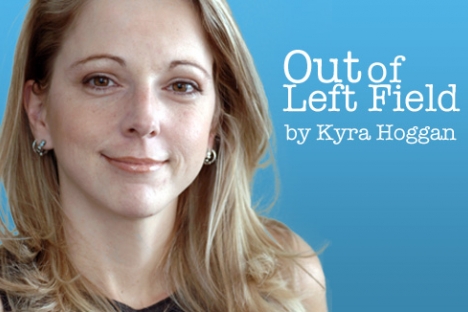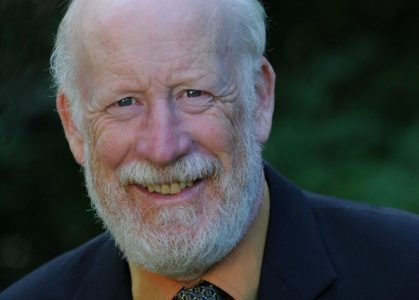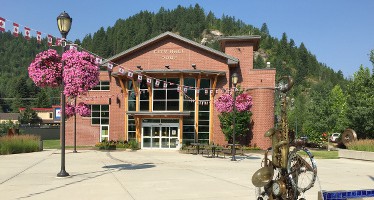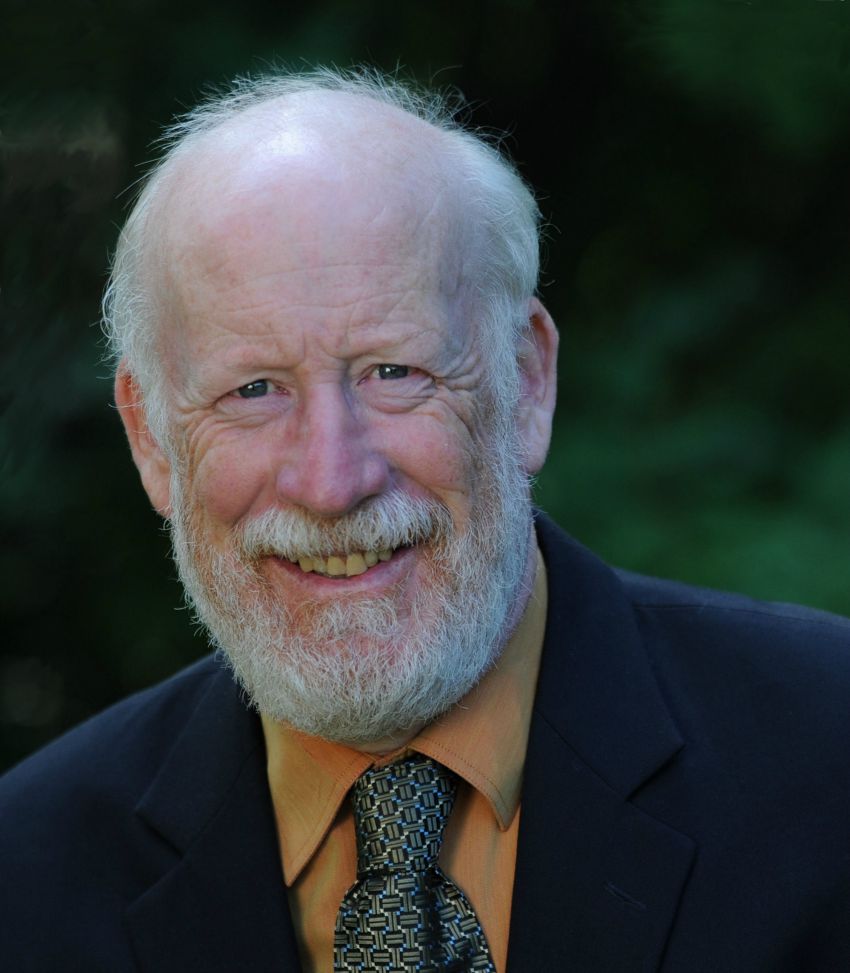PART ONE: Understanding why your city council is having a COW
If Castlegar city council is serious about transparency and better communications, I would suggest Job One for them should be to leave a pile of rubber bands on the media table before every meeting so we can ping any member of senior staff or council who forgets to use their microphone.
While that is obviously a tongue-in-cheek suggestion, I do think it behooves everyone with a voice at the table to be more aware of audibility – not just in their own speech, but also that of everyone else, including city staff. There is nothing more discouraging and frustrating than attending an hours-long meeting and being unable to hear large portions of same.
Which is why I’m delighted to kick this column off by reporting that staff was last night directed to create an RFP (request for proposals) for a new PA system and for filming/streaming council meetings – I just hope that, until both are implemented, better use is made of the resources at hand.
There has rarely, in my opinion, been a more important time to ensure that everyone in the room can hear what’s happening, and media can report council discussions in their entirety – and here’s why:
Council coverage has gotten slightly more complicated of late, with new councillors and a new mayor at the table, some comparatively new senior staff at City Hall, and procedural changes that can be confounding for some (myself included).
One massive change is the introduction of something called Committee of the Whole (COW), and I am a MAD fan of the concept. (that turn of phrase makes me giggle, but I’m dead serious about loving the approach).
Before this change, there were half a dozen or so committees covering a range of topics like Planning and Development, Public Safety, Cultural and Civic Pride … the list goes on. Each would have its own committee meeting involving two or three councillors and the senior staff of the department in question. The meetings were public, and anyone could attend … if they were able to keep track of the fluctuating schedule of said meetings, leave work at least seven times every month, and so forth.
The end result was, the committee meetings were less-than-transparent by virtue of the simple fact that no members of the public or media ever went to them.
When the councillors assigned to a given committee brought recommendations back to council proper, no one else present – including the rest of council – got to hear any committee-level discussion or debate, including that proffered by those who are usually the most knowledgeable about operations – city staff.
Enter the COW. (There are too many ways to crack wise on that, so I’m just going to leave it alone).
At a COW meeting, all of council, the mayor, and relevant senior staff are in attendance, and discuss current business at the same gathering, allowing members of the public and media alike to see a much more complete, robust procedure, including seeing the rationales, questioning and sometimes even soul-searching mayor and council go through in the process of making difficult decisions.
Mayor and council would then vote on what recommendations to forward to council proper for formal adoption/action/etc.
It is, in my opinion, a dramatically improved, more democratic, and frankly more responsible avenue of governance compared to the way things were done in the past.
At last night’s COW meeting, however, some changes were suggested to address some of the problems presented by the COW – for example, its having been slated for 1:30 p.m. when many members of the public could not attend, the lack of a question period, and the reduction of regular council meetings into little more than a rubber stamp, as the issues at hand had already been debated at the COW meeting.
Significant changes brought forward last night were intended to address these concerns, and council voted unanimously to adopt the new procedures for a trial six-month period.
While many have expressed opposition to the changes (myself included), now that I feel I have a better grasp of what they’ll look like in practical application, I’m very much on board.
Council will never find an approach or methodology that will make sense for everyone, or a time that’s convenient for everyone, or a process everyone likes.
But I think this comes awfully close, and the trial period is well worth watching.
In Part Two, I will spell out, to the best of my understanding, what the new system will look like, try to speak to the concerns of detractors, and share those few things I still consider to be cause for concern.
























Comments